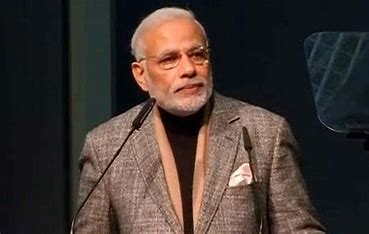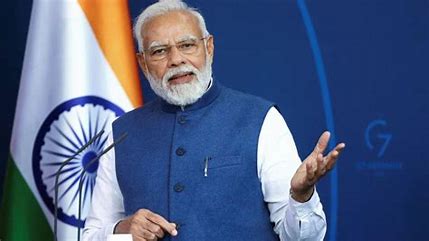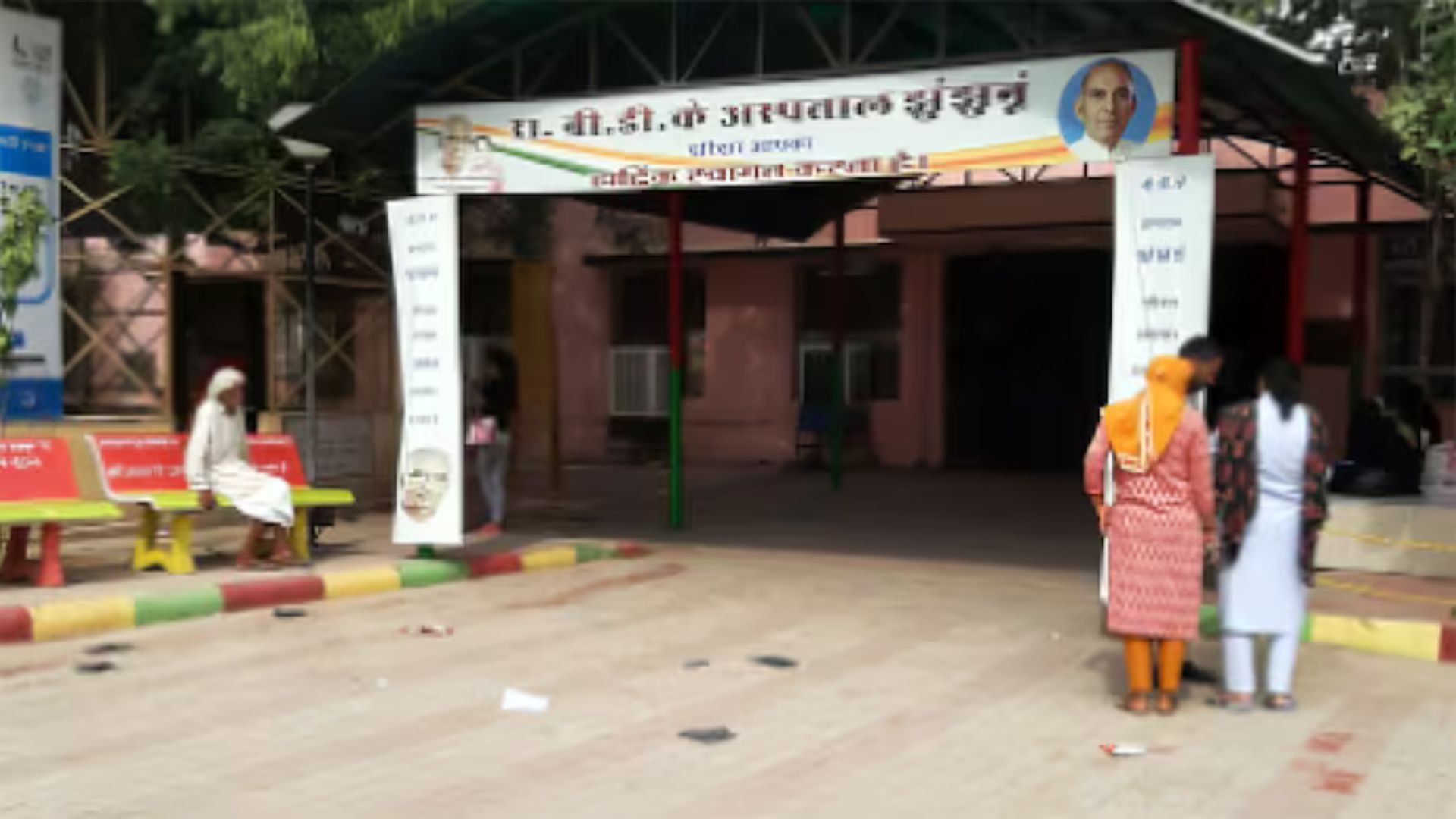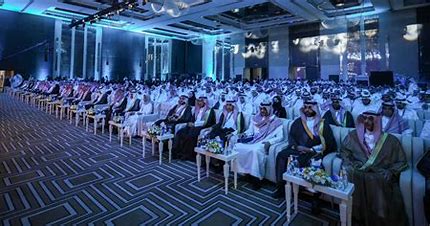
While sending a loud and clear signal that criminal proceedings should not become weapons of harassment, the Supreme Court in a learned, laudable, landmark and latest judgment titled Randheer Singh vs The State of UP & Ors in Criminal Appeal No. 932 of 2021 (Arising out of SLP (Crl.) No. 1190 of 2021) With Criminal Appeal No. 933 of 2021 (Arising out of SLP (Crl.) No. 4237 of 2021) delivered on September 2, 2021 while quashing criminal proceedings initiated against a property purchaser observed that dispute of a civil nature has been given colour of criminal offence. It must be apprised here that the Bench of Apex Court comprising of Justice Indira Banerjee and Justice JK Maheshwari observed that while considering a petition seeking quashing of criminal proceedings, the High Court should examine whether a complaint discloses criminal offence or not depends on the nature of the allegation and whether the essential ingredients of a criminal offence are present or not. The Bench reiterated that Section 482 is designed to achieve the purpose of ensuring that criminal proceedings are not permitted to generate into weapons of harassment.
To start with, this brief, brilliant, bold and balanced judgment authored by Justice Indira Banerjee for herself and Justice JK Maheshwari sets the ball rolling by first and foremost observing in para 1 that, “This appeal is against a judgment and order dated 15th December, 2020 passed by the High Court of Judicature at Allahabad dismissing the application of the Appellant under Section 482 of the Code of Criminal Procedure (hereinafter referred to as the ‘Cr.P.C.’).”
To put things in perspective, the Bench then puts forth in para 3 that, “As recorded in the judgment and order impugned, the application under Section 482 of the Cr.P.C. had been filed for quashing of proceedings in Crime Case No.5973/2020 (State v. Rajan Kumar) under Sections 420, 467, 468 and 471 of the Indian Penal Code (hereinafter referred to as the ‘I.P.C.’), Police Station Shahpur, District Gorakhpur pending in the Court of the Additional Chief Judicial Magistrate, IIIrd District Gorakhpur and also to quash the charge sheet dated 18th January, 2020 and summoning order dated 26th June, 2020. The High Court has, in detail, recorded the arguments of the applicants which are very briefly summarised hereinbelow :-
(i) The case lodged was false and baseless;
(ii) Charge-Sheet had been submitted without proper investigation and evidence;
(iii) No prima facie case was disclosed against the applicants.”
Simply put, the Bench then states in para 4 that, “It is the case of the Appellant that one Arjun Dev and his wife Bela Rani were recorded as Bhumidhar of Plot No. 971M area 918 Aire (hereinafter referred to as the ‘plot in question’) and that they had executed a registered Power of Attorney in favour of the Applicant No.1 Rajan Kumar, who has since died.”
Adding more, the Bench henceforth observes in para 5 that, “It is said that on the basis of the said Power of Attorney, the said Rajan Kumar (since deceased) executed sale deeds in favour of the Appellant and his family members on 16th July, 2014, 1 st August, 2014, 6th August, 2014 and 23rd July, 2014, pursuant to which, the name of the Appellant and others were mutated in the Revenue records.”
Needless to say, the Bench then lays bare in para 6 that, “From the facts, as recorded in the judgment and order under appeal, it appears that during the mutation proceedings, one Smt. Beena Srivastava had filed objections before the Naib Tehsildar but the same were rejected and the property was duly mutated in favour of the Appellant and his family members by an order dated 28th February, 2015.”
Simply stated, the Bench then says in para 7 that, “Smt. Beena Srivastava filed an Original Suit No. 971 of 2014 for cancellation of the Power of Attorney dated 4th June, 2014 and the sale deeds executed by Rajan Kumar (since deceased) in favour of the Appellant and his family members but that suit was dismissed under Order VII Rule 11 of the Code of Civil Procedure, by order dated 18th September, 2015.”
As it turned out, the Bench then discloses in para 8 that, “The order dated 18th September, 2015 was challenged in First Appeal No.531 of 2015 before the High Court. That appeal was partly allowed by an order dated 26th November, 2015 with a direction on the Trial Court to return the plaint of the plaintiff for presentation before the appropriate Court.”
As we see, the Bench then brings out in para 9 that, “Being aggrieved by the order of the High Court dated 26th November, 2015, Smt. Beena Srivastava, approached this Court by filing Special Leave Petition (Civil) No. 2848 of 2016 which had been dismissed by an order dated 8th September, 2016. From the judgment and order impugned, it appears that it had been submitted before the High Court that Chandra Prakash Srivastava and Smt. Beena Srivastava had also filed a Contempt Application No. 706 of 2016 which had been dismissed by an order dated 10th February, 2016. Before the High Court, it was submitted that when Beena Srivastava could not get any relief from the Trial Court right upto this Court, she filed a Writ Petition No. 12275 of 2016 which had also been dismissed by an order dated 28th March, 2016. The said Beena Srivastava’s son, Dr. Virat Swaroop Saxena also filed a contempt application which had been dismissed by an order dated 29th July, 2016.”
Of course, the Bench then puts forth in para 10 that, “Pursuant to the order dated 28th March, 2016 passed by the High Court in Writ Petition No.12275/2016, the Appellant instituted Original Suit No.608 of 2016 in the Court of Civil Judge, Senior Division, Gorakhpur for permanent injunction in respect of the plots in question. It appears that by an order dated 12th April, 2016, temporary injunction had been granted in favour of the Appellant. This is recorded in the judgment and order under appeal.”
Be it noted, the Bench then envisages in para 16 that, “There can be no doubt that the jurisdiction under Section 482 is not exercised for the asking, it is exercised with care in exceptional cases. The scope of interference with an FIR is much more restricted and ordinarily the Court does not interfere under Article 226 of the Constitution of India, when there is an alternative remedy available to the applicant. Furthermore, from the tenor of the order of the High Court rejecting the writ petition, it is patently clear that one of the reasons why the High Court did not intervene at that stage was that the Police report had also not been submitted. The Police report has since been submitted and the charge sheet has been filed. It is true that about 12-13 witnesses have been named. However, the said Bela Rani who executed the Power of Attorney has not even been cited as a witness. Apparently, the said Bela Rani was not even examined by the Investigating Authorities.”
For the sake of clarity, the Bench then observes in para 17 that, “In this appeal, we are not concerned with the underlying civil disputes between the parties which are the subject matter of diverse civil proceedings which are pending between the Appellant and the private respondent in the concerned civil courts. All those civil suits will obviously be decided on their own merits.”
No doubt, the Bench then rightly adds in para 18 that, “The only question is whether there is any criminal offence disclosed in the FIR so far as the Appellant is concerned. When the High Court passed its order dated 5th October, 2017, Rajan Kumar (since deceased), the executant of the sale deed and the Power of Attorney holder was also an applicant before the Court. Today, there has been a change in situation, in that, criminal proceedings against Rajan Kumar have abated since Rajan Kumar is no longer alive. It is the case of the private respondent that the private respondent purchased property. In the meantime, Rajan Kumar, who is no longer alive, on the basis of a false Power of Attorney of Bela Rani, executed a sale deed in favour of Randheer Singh, i.e., the Appellant herein. There is only a vague averment “by connivance”. The next part of the sentence reads “Bela Rani had no right to sell the aforesaid plot.”
Quite rightly, the Bench then points out in para 19 that, “As recorded in the judgment and order, the property in question has even been mutated in the name of the Appellant. Of course, mutation records are not a document of title. Whether Bela Rani had title, whether she validly executed a power of attorney, whether any right has accrued to the Appellant, are matters for the civil court to adjudicate.”
Without mincing any words, the Bench then states in para 22 that, “The charge sheet is totally vague. There is not even a whisper in the charge-sheet of what transpired from the investigation against the Appellant herein.”
To be sure, the Bench then stipulates in para 23 that, “Even though an FIR need not contain every detail, an offence has to be made out in the FIR itself. It is the case of the Private Respondents that Bela Rani has no title. Bela Rani executed a false Power of Attorney in favour of Rajan Kumar (since deceased). Alternatively, the Power of Attorney, in itself, was a forged document.”
Quite forthrightly, the Bench then quite aptly hastens to add in para 24 that, “A fraudulent, fabricated or forged deed could mean a deed which was not actually executed, but a deed which had fraudulently been manufactured by forging the signature of the ostensible executants. It is one thing to say that Bela Rani fraudulently executed a Power of Attorney authorising the sale of property knowing that she had no title to convey the property. It is another thing to say that the Power of Attorney itself was a forged, fraudulent, fabricated or manufactured one, meaning thereby that it had never been executed by Bela Rani. Her signature had been forged. It is impossible to fathom how the investigating authorities could even have been prima facie satisfied that the deed had been forged or fabricated or was fraudulent without even examining the apparent executant Bela Rani, who has not even been cited as a witness.”
While citing the relevant case law, the Bench then states in para 29 that, “In Uma Shankar Gopalika (supra), this Court found that the complaint, in that case, did not disclose any criminal offence at all, much less any offence under Section 420 or Section 120B IPC. The case was purely a civil dispute between the parties for which remedy lay before the civil Court.”
In yet another case law, the Bench then holds in para 32 that, “In Kapil Agarwal (supra), this Court observed that Section 482 is designed to achieve the purpose of ensuring that criminal proceedings are not permitted to generate into weapons of harassment.”
Most significantly, what forms the cornerstone of this notable judgment is that the Bench then minces no words to hold in para 33 that, “In this case, it appears that criminal proceedings are being taken recourse to as a weapon of harassment against a purchaser. It is reiterated at the cost of repetition that the FIR does not disclose any offence so far as the Appellant is concerned. There is no whisper of how and in what manner, this Appellant is involved in any criminal offence and the charge sheet, the relevant part whereof has been extracted above, is absolutely vague. There can be no doubt that jurisdiction under Section 482 of the Cr.P.C. should be used sparingly for the purpose of preventing abuse of the process of any court or otherwise to secure the ends of justice. Whether a complaint discloses criminal offence or not depends on the nature of the allegation and whether the essential ingredients of a criminal offence are present or not has to be judged by the High Court. There can be no doubt that a complaint disclosing civil transactions may also have a criminal texture. The High Court has, however, to see whether the dispute of a civil nature has been given colour of criminal offence. In such a situation, the High Court should not hesitate to quash the criminal proceedings as held by this Court in Paramjeet Batra (supra) extracted above.”
What’s more, the Bench then goes on to forthrightly add in para 34 that, “The given set of facts may make out a civil wrong as also a criminal offence. Only because a civil remedy is available may not be a ground to quash criminal proceedings. But as observed above, in this case, no criminal offence has been made out in the FIR read with the Charge-Sheet so far as this Appellant is concerned. The other accused Rajan Kumar has died.”
As a corollary, the Bench then holds in para 35 that, “The appeal is, thus, allowed. The impugned judgment and order of the High Court is set aside and the proceedings in Crime Case No.5973/2020 are quashed as against the Appellant.”
CRIMINAL APPEAL NO. 933 OF 2021
Truth be told, the Bench then holds in para 37 that, “The issues involved in this appeal are identical to the issues involved in Appeal No. 932 of 2021 disposed of earlier today. We may add that in this case, the Appellants are only witnesses to the sale deed and there is not a word anywhere in the FIR about these witnesses except the vague averment that they acted in collusion.”
Finally, it is then held in para 38 that, “For the reasons discussed in Criminal Appeal No. 932 of 2021, this appeal is also allowed and Crime Case No.5973 of 2020 is set aside so far as these Appellants are concerned.”
In sum, the Apex Court has made it very crystal clear in this leading case that it will not allow ever a civil dispute to be given a colour of criminal offence. The Bench also makes it amply clear that all precautions must be taken to ensure that criminal proceedings should not become weapons of harassment. All the courts must always abide to what has been laid down by the Apex Court in this noteworthy case so cogently, commendably, composedly and convincingly! There can be just no denying it!
Sanjeev Sirohi, Advocate















